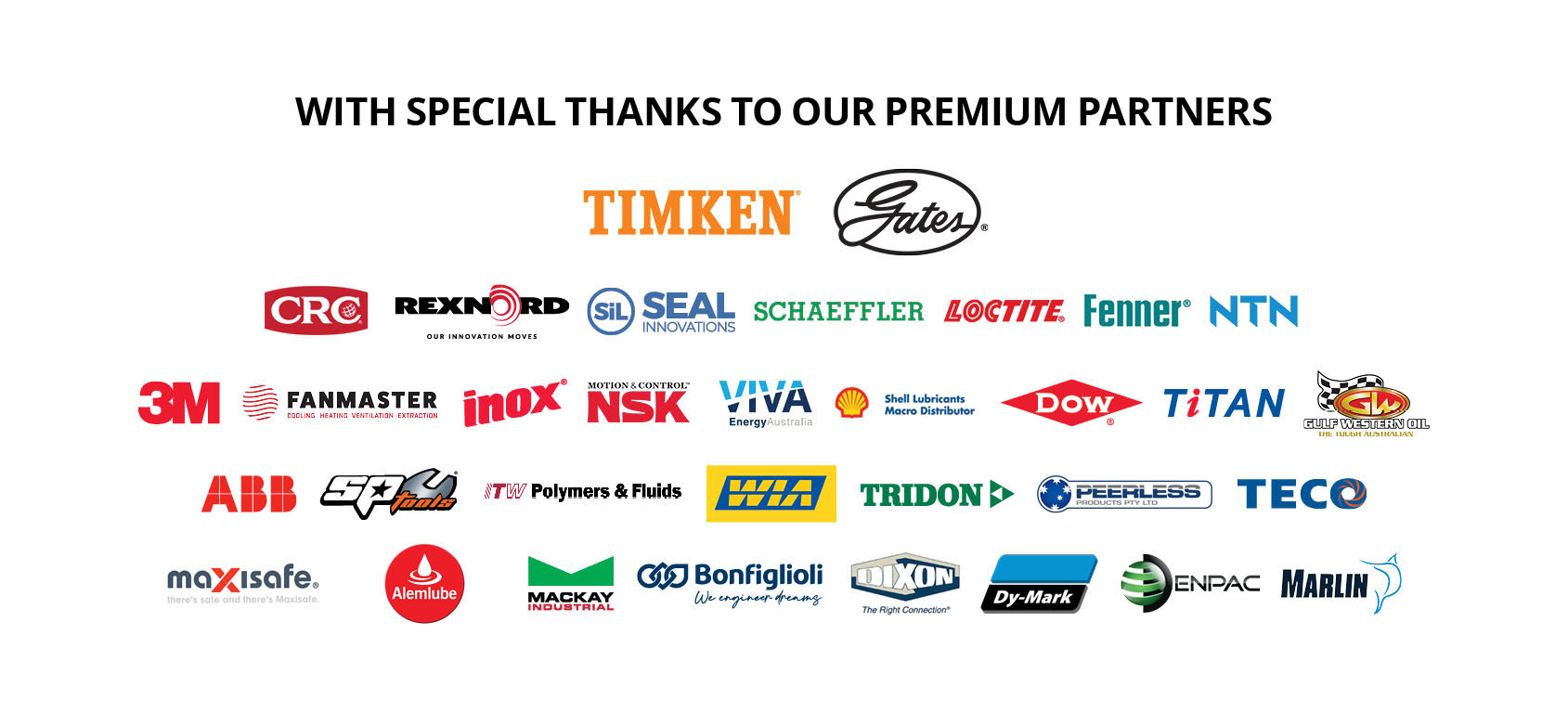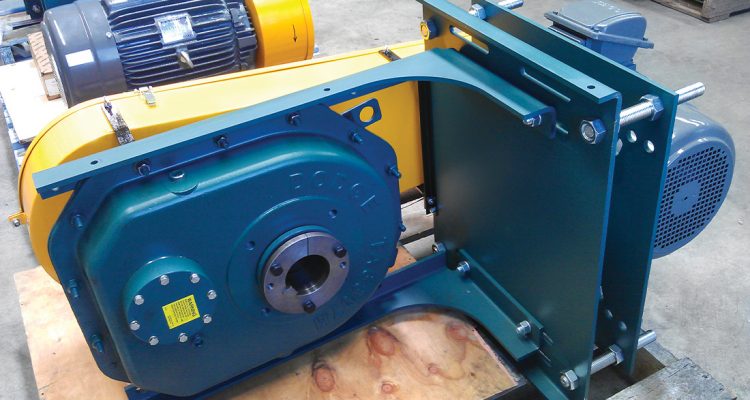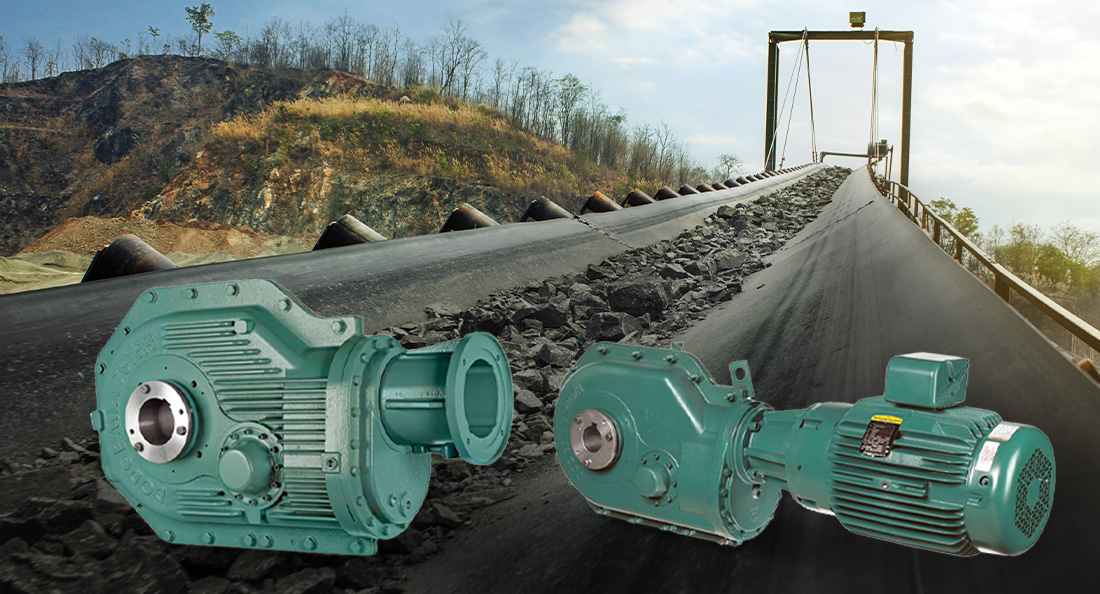After a stifling pandemic-related hiatus across the Australian mining sector, CBC’s Brad Bickford welcomes the return of on-site activity to its full capacity. But according to him, the reopening of mining operations brings with it one burning question: “what comes next?”
Brad’s career began in the Power Transmission (PT) space, gradually progressing into his involvement with consulting on new project solutions through to the re-engineering, replacement and updating of older PT systems.
“Currently, a lot of post-pandemic development work is being done behind the scenes,” he says. “A lot of mining companies are in various stages of development on new engineering projects and mining applications, and significantly, we are also seeing a move to implement substantial upgrades to existing mining applications.”
In this article, Brad ponders the merits of upgrading legacy drives to high-efficiency modern drives particularly on mining applications — citing that one of the most significant challenges in his role as Application Engineering Manager for Power Transmission at CBC Australia is convincing mining operators on why they should adopt modern power transmission technology.
“Sometimes older PT technology that still works can be significantly improved with modern technology which simply presents a much better offering,” says Brad.
“The problem is, once people find a solution that works for them, it can be difficult to convince them why they should upgrade to new technology,” he furthers. “Particularly in the mining sector, the attitude can often be ‘if it ain’t broke, don’t fix it,’ which makes everyone more wary of investing the resources into implementing change.”
This was the case with the release of the new generation Dodge Torque Arm (TAII) belt driven reducer. Made in the USA, it was released in the year 2000 before making its way into the Australian market in 2002.
“At the time, this latest TAII solution was a new ground up redesign and being brand new to the market, operators were not quick to adopt it even though straight out the gate it was a significant upgrade in every aspect,” explains Brad. “The idea behind the redesign was to address some of the challenges and feedback of the existing legacy brand at that time and improve on Dodges own TXT predecessor.”
“The older designs had dated ratings and often being straight bore or keyed to the shaft, they then became difficult to remove later,” he expounds. “After a number of years, the unit could effectively weld itself to the shaft and often sites would cut the unit off for a replacement.”
The blueprint behind the Dodge TA (Torque arm) is a shaft-mounted reducer, with a belt driven input, being powered by an electric motor. The belt drive is a simple and cost effective way to achieve various output speeds, while allowing for use of a common reducer. Additionally, if the belt drive is selected correctly it could potentially protect the reducer by acting as a fuse in an overload, ensuring belts are a simple and inexpensive replacement.
“Dodge invented the Torque arm reducer concept and continues its development. The all new TAII raised the bar but it looked different and had different ratios than the legacy brand, so it was slow to be adopted,” says Brad. “However once these challenges were overcome and sites fitted the TAII product then it quickly became an overwhelming success.”
This latest generation using modern engineering practices provided superior mechanical ratings, therefore a like size replacement would upgrade the drive equating to longer life.
Dodge also decided to extend the ratio range in this release, now providing a vast range of 5 to 40:1. The later has proved successful especially on slower feeder drives as the higher gear ratio allows for a more compact belt drive.
A key feature appreciated by maintenance personnel is Dodge’s advancement of their Twin Taper bush system. Put simply, it is a set of taper bushes which support the reducer on the shaft, while the use of a key provides positive drive. This provides a reliable system for both easy installation and removal.
The Twin Taper bush kits are available in numerous standard bore sizes, enabling a reducer to be standardised across multiple applications and fitted to different shaft sizes. This could then provide further cost saving by a potential on site reduction in spare holdings.
“The TAII offers many new features and benefits designed to provide reliability and maximum site uptime,” says Brad. “Dodge units also utilise a later generation backstop, being fitted with a higher rated centrifugal lift off design backstop. These are able to withstand higher load and at high speed the larger sprags ‘lift off’ to reduce wear while also being EP oil compatible.”
He furthers that being a modular system also has its advantages, as part of the total package are Motor mount kits and Belt guards. This allows for a ‘one assembly’ with the motor mounted above the reducer with the belt guard bolting on to safely house the belt drive.
“The advantage for CBC in stocking the Dodge TAII reducers is that they are factory pre-built and stocked in standard ratios, therefore available for quick delivery,” highlights Brad. “We can assist customers in the design and supply of the input belt drive to provide the required output speed for a specific application.”
Other considerations for the harsh mining industry according to Brad, include the products ability to perform in high ambient temperatures and protect from ingress of dirt and dust.
“Dodge addresses these issues with the option of a high-speed mechanical fan to assist with reducer thermal protection and superior standard sealing,” says Brad. “Additionally, when conditions are extreme, there are further cooling and sealing upgrades available through CBC, BSC and Webster BSC locations,” concludes Brad.
Nearing 20 years since its Australian release, the Dodge TAII remains best in its class and a value adding package. Dodge considers industry feedback with each new generation of gearboxes they release — which continues to evolve with new advancements in technology.


